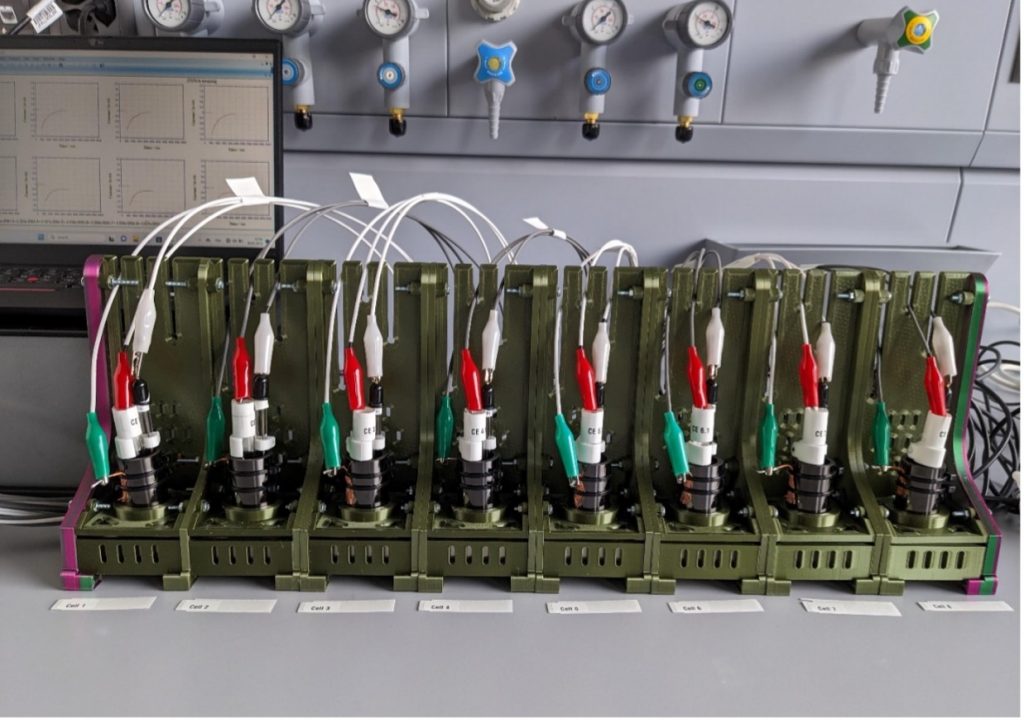
Manganese (Mn) oxides are ubiquitous in the environment, being found for example in the form of coatings and nodules in soils, freshwater and marine sediments, and as rock varnishes in temperate, arid, and polar areas. Many Mn oxides can act as both electron acceptors and donors in redox reactions and in all of these settings, they frequently control or influence various biogeochemical processes, such as the oxidation of organic matter and the sorption and transformation of contaminants. In anoxic soils and sediments Mn minerals may serve as terminal electron acceptors during anaerobic microbial respiration on organic electron donors. This can influence the composition and activity of soil microbial communities, which play a crucial role in nutrient cycling and organic matter decomposition and links redox transformations of Mn containing minerals to the global carbon cycle.
This project has two parts. Part A focuses on the use of mediated electrochemical measurements for the characterization of mineral redox properties. Mediated electrochemical reduction and oxidation are valuable tools for assessing the properties of minerals, particularly when studying their surface properties, reactivity, and electronic properties. The goal of part A is to test the applicability of mediated electrochemistry to determine the redox state of various manganese species. Ultimately, the electron transfer to and from synthesized Mn oxides across a range of potentials and pH will be quantified and the reactivity towards oxidation and reduction will be characterized.
Part B focuses on the reduction of Mn oxides by reduced extracellular electron shuttles. These shuttles are small organic molecules that are used by microorganisms to transfer electrons from their cells to extracellular Mn oxides serving as terminal electron acceptors for microbial respiration. We are investigating the kinetics of Mn reduction by various extracellular electron shuttles using UV-vis spectroscopy.
People: Xinru Liu